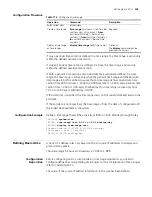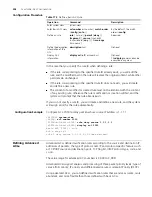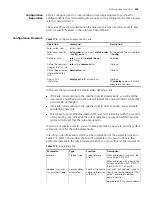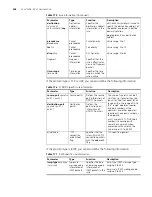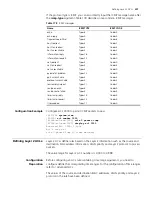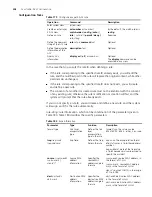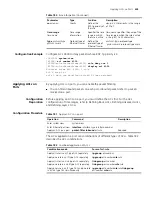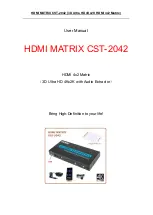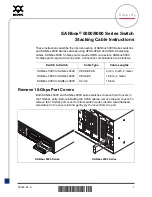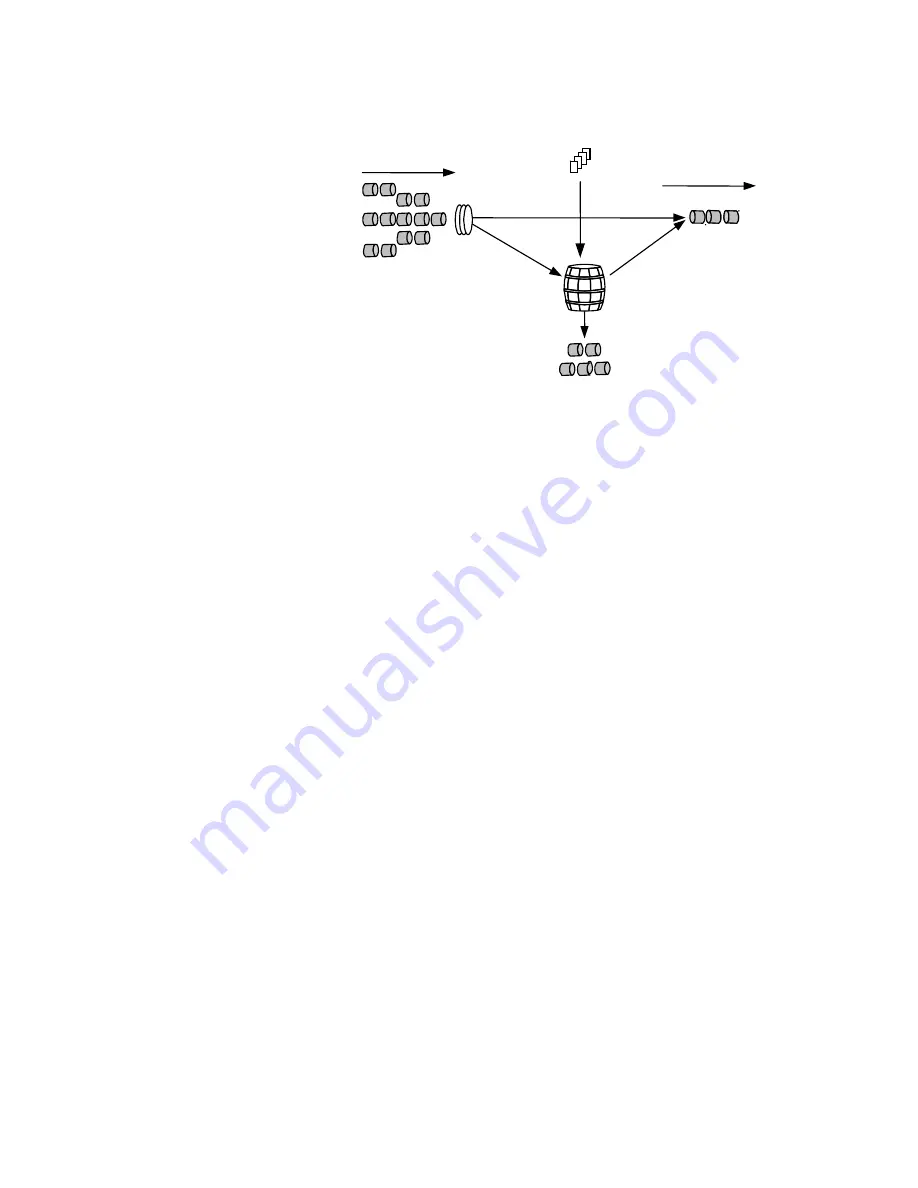
Introduction to QoS
217
Figure 67
Evaluate the traffic with the token bucket
1
Evaluate the traffic with the token bucket
The evaluation for the traffic specification is based on whether the number of tokens
in the bucket can meet the need of packet forwarding. If the number of tokens in the
bucket is enough to forward the packets (generally, one token is associated with a
1-bit forwarding authority), the traffic is conforming to the specification, and
otherwise the traffic is nonconforming or excess.
When the token bucket evaluates the traffic, its parameter configurations include:
■
Average rate: The rate at which tokens are put into the bucket, namely, the
permitted average rate of the traffic. It is generally set to committed information
rate (CIR).
■
Burst size: The capacity of the token bucket, namely, the maximum traffic size that
is permitted in every burst. It is generally set to committed burst size (CBS). The set
burst size must be bigger than the maximum packet length.
One evaluation is performed on each arriving packet. In each evaluation, if the
number of tokens in the bucket is enough, the traffic is conforming to the
specification and you must take away some tokens whose number is corresponding
to the packet forwarding authority; if the number of tokens in the bucket is not
enough, it means that too many tokens have been used and the traffic is excess.
2
Complicated evaluation
You can set two token buckets in order to evaluate more complicated conditions and
implement more flexible regulation policies. For example, TP includes 4 parameters:
■
CIR
■
CBS
■
PIR (Peak Information Rate)
■
EBS
(
Excess Burst Size
)
需由此接口发送的包
继续发送
令牌桶
按规定的速率向桶内放置令牌
分类
丢弃
Packet to be sent on this interface
Continue to send
Token bucket
Put tokens into the bucket at the set rate
Classify
Drop
需由此接口发送的包
继续发送
令牌桶
按规定的速率向桶内放置令牌
分类
丢弃
Packet to be sent on this interface
Continue to send
需由此接口发送的包
继续发送
令牌桶
按规定的速率向桶内放置令牌
分类
丢弃
Packet sent via this interface
Continue to send
Token bucket
Put tokens into the bucket at the set rate
Classify
Drop
需由此接口发送的包
继续发送
令牌桶
按规定的速率向桶内放置令牌
分类
丢弃
Packet to be sent on this interface
Continue to send
需由此接口发送的包
继续发送
令牌桶
按规定的速率向桶内放置令牌
分类
丢弃
Packet to be sent on this interface
Continue to send
Token bucket
Put tokens into the bucket at the set rate
Classify
Drop
需由此接口发送的包
继续发送
令牌桶
按规定的速率向桶内放置令牌
分类
丢弃
Packet to be sent on this interface
Continue to send
需由此接口发送的包
继续发送
令牌桶
按规定的速率向桶内放置令牌
分类
丢弃
Packet sent via this interface
Continue to send
Token bucket
Put tokens into the bucket at the set rate
Classify
Drop
Summary of Contents for 4200G 12-Port
Page 10: ...8 CONTENTS...
Page 14: ...4 ABOUT THIS GUIDE...
Page 46: ...32 CHAPTER 5 LOGGING IN THROUGH WEB BASED NETWORK MANAGEMENT SYSTEM...
Page 48: ...34 CHAPTER 6 LOGGING IN THROUGH NMS...
Page 60: ...46 CHAPTER 9 VLAN CONFIGURATION...
Page 64: ...50 CHAPTER 10 MANAGEMENT VLAN CONFIGURATION...
Page 80: ...66 CHAPTER 13 GVRP CONFIGURATION...
Page 98: ...84 CHAPTER 15 LINK AGGREGATION CONFIGURATION...
Page 112: ...98 CHAPTER 18 MAC ADDRESS TABLE MANAGEMENT...
Page 126: ...112 CHAPTER 19 LOGGING IN THROUGH TELNET...
Page 162: ...148 CHAPTER 20 MSTP CONFIGURATION...
Page 274: ...260 CHAPTER 29 IGMP SNOOPING CONFIGURATION...
Page 276: ...262 CHAPTER 30 ROUTING PORT JOIN TO MULTICAST GROUP CONFIGURATION...
Page 298: ...284 CHAPTER 33 SNMP CONFIGURATION...
Page 304: ...290 CHAPTER 34 RMON CONFIGURATION...
Page 338: ...324 CHAPTER 36 SSH TERMINAL SERVICES...
Page 356: ...342 CHAPTER 38 FTP AND TFTP CONFIGURATION...
Page 365: ...Information Center Configuration Example 351 S4200G terminal logging...
Page 366: ...352 CHAPTER 39 INFORMATION CENTER...
Page 378: ...364 CHAPTER 40 BOOTROM AND HOST SOFTWARE LOADING...
Page 384: ...370 CHAPTER 41 Basic System Configuration and Debugging...
Page 388: ...374 CHAPTER 43 NETWORK CONNECTIVITY TEST...
Page 406: ...392 CHAPTER 45 CONFIGURATION OF NEWLY ADDED CLUSTER FUNCTIONS...

